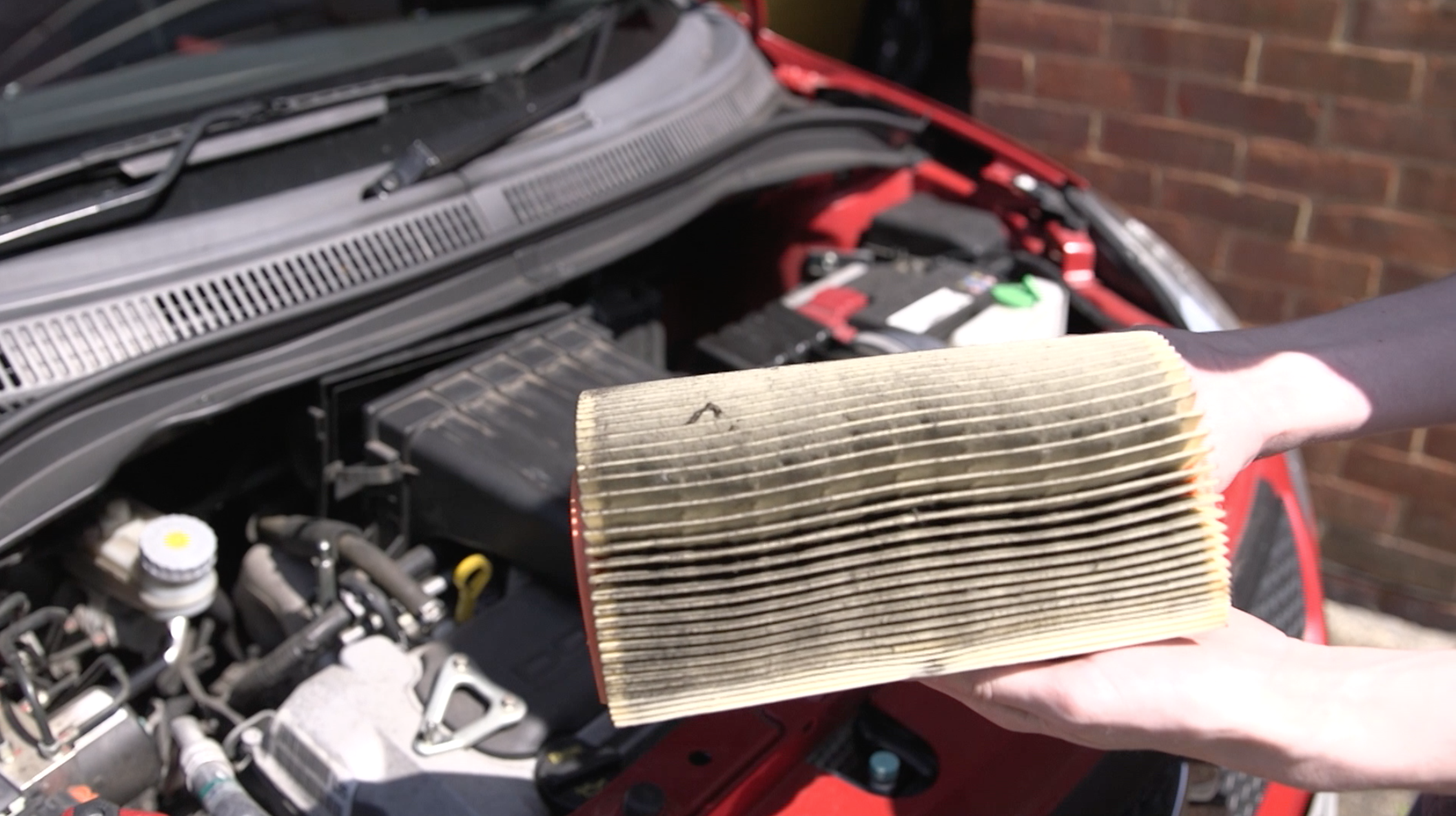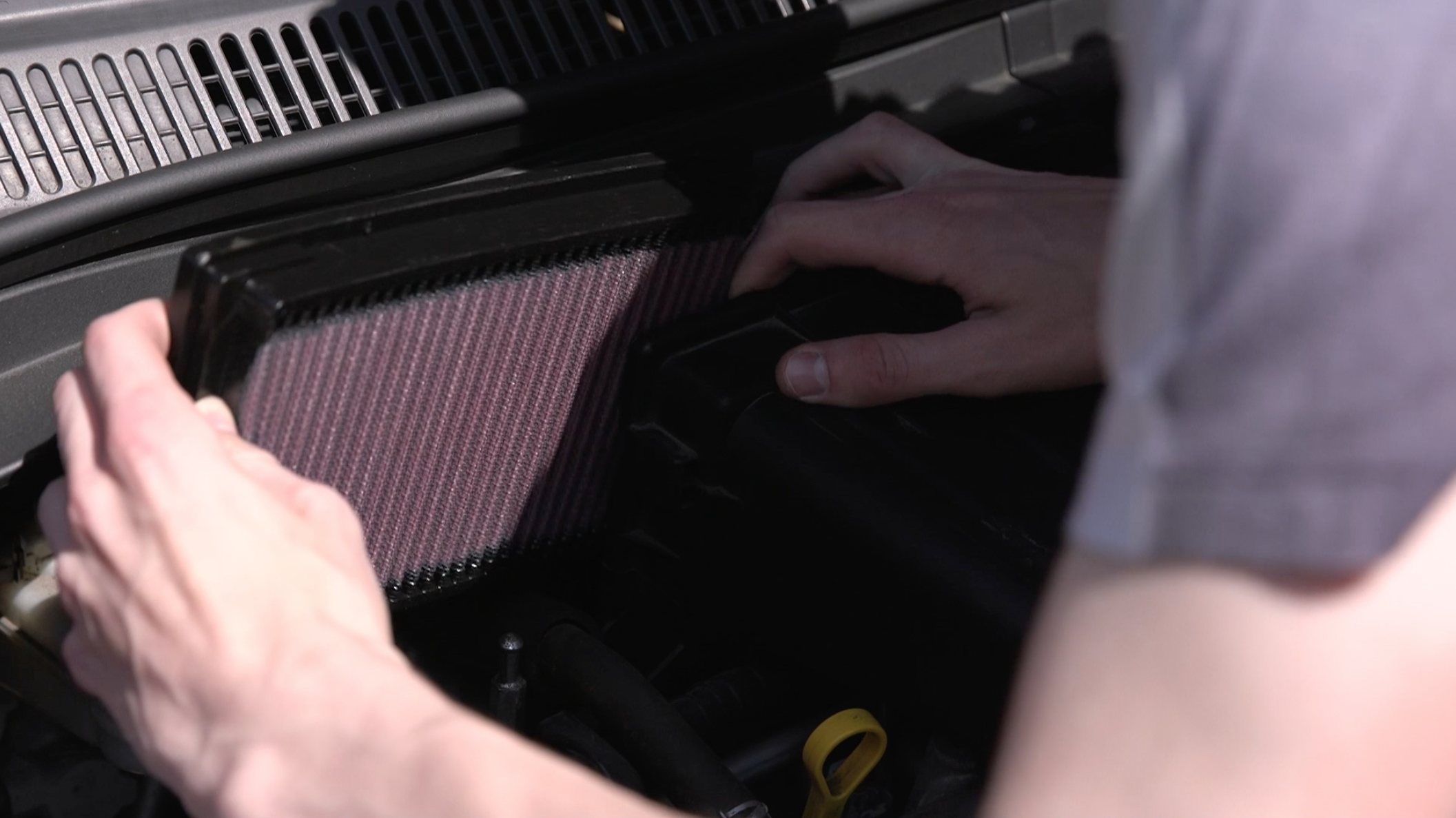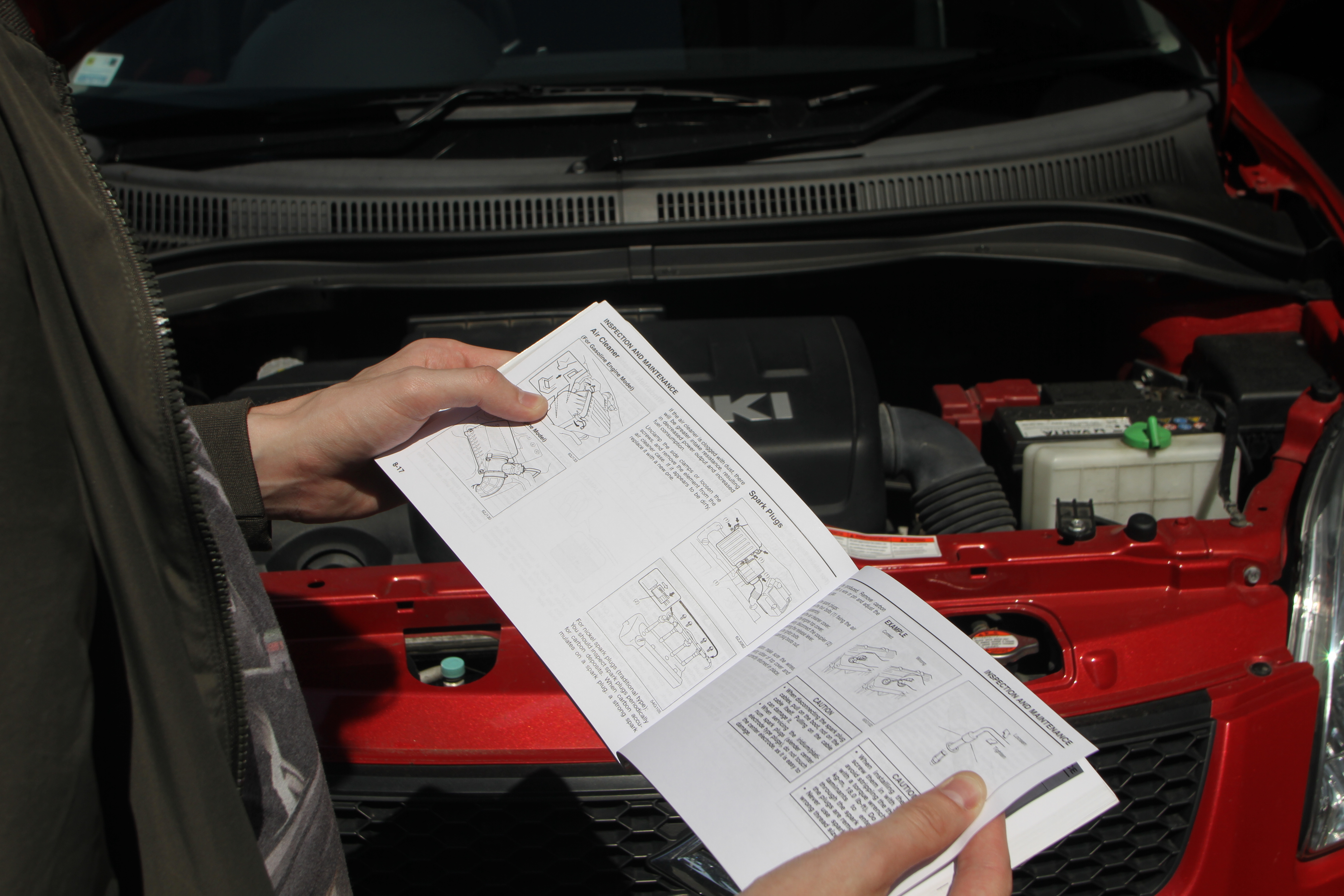In order for an engine to function, it requires air. This air needs to be clean to ensure it runs as efficiently as possible.
To remove unwanted particles such as dirt, pollen and salt from the air that your engine will suck in to create the controlled explosion that powers your car, it incorporates a filter, designed to do just that.
An air filter is fitted to the engine’s intake manifold, working as a defence barrier to all the dirty particles. However, like most things, the air filter will gradually become less effective and will need to be changed regularly.

How will changing my air filter be beneficial?
Carrying out this simple task will do as much as increase fuel efficiency, reduce emissions and even prolong your engine’s life. An engine needs to intake a significant amount of clean air to run at its optimum level of efficiency – if you starve your engine of the air it needs, it will have to drink more fuel in order to create the big bang it requires to drive your wheels.
An engine is pretty robust, but if a filter begins to fail and allows those dirty particles to enter its complex system, it could cause serious damage to its internal parts in the long run, costing you a fortune as a result – it’s the sensible option to spend £10 on a filter today than have to spend more than a thousand on a new engine in the future.
If this isn’t enough incentive, remember that neglecting your vehicle’s air filter could result in you pumping more carbon into the atmosphere, as your emission levels gradually increase.
How often should I change my air filter?

Air filters tend to have a life span of 12 months – or 12,000 miles – depending on how regularly you drive, which is why they’re usually changed during your vehicle’s annual service. But you could actually save some pennies by carrying out this task yourself, and it shouldn’t take you very long – especially if you’re a commuter.
How do I change my air filter?
- First, you need to buy your new filter. You can do this by visiting your local car parts suppliers, such as Euro Car Parts. All you’ll need is your vehicle’s year, make and model to determine which filter you require.
- Next, you’ll need to locate your vehicle’s air filter box. It’s probably best to have a read through your owner’s manual if you’re not sure where the box is located under the bonnet. It’s pretty easy to spot, though – just look for the plastic box sitting on top of or to the side of your engine, which a large hose connected to it.

- Once you’ve found the box, you’ll need to open it in order to access the filter. You’ll either need a screwdriver to loosen a handful of screws securing the box, or it’ll be clasped with metal clips, which you’ll you just need to unclasp.
- Once you’re in, remove the filter. Make sure you give it a check over – if you see lots of dirt, grime and discolouring, it’s time for a change!
The next, and final step is to slot in the fresh new filter. Make sure the filter is securely in place and snug in the plastic box before securing the lid.
Voila! You’ve successfully changed your filter and your engine will be running like a dream again – and it will only cost you five minutes of your time.

